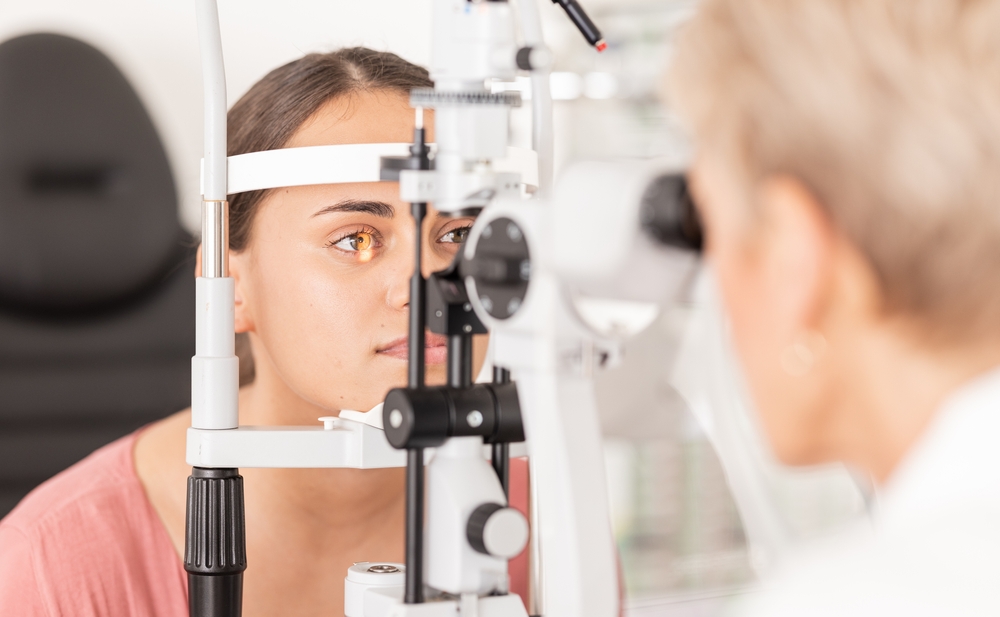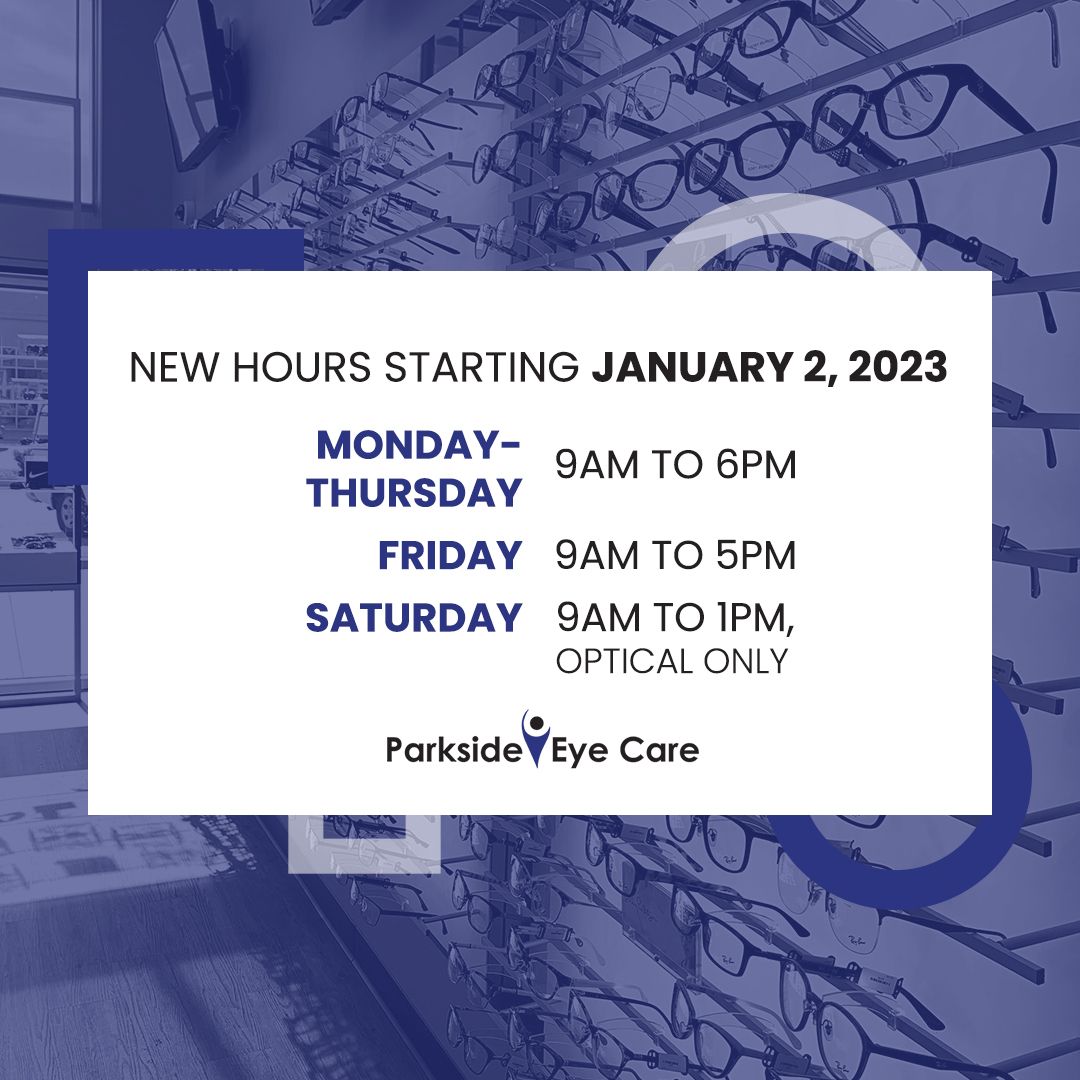
Amniotic membranes can be extracted from the inner layer of placental tissue for ophthalmological purposes. The procedure continues to gain popularity in surgical grafting as it helps with ocular surface reconstruction and wound healing.
The membranes are rich in collagen, nerve growth factors, and epithelial cells, which are essential neurotrophic factors. Find out how amniotic membranes are used in dry eye treatment.
Chronic Dry Eye Syndrome
People who suffer from dry eye syndrome experience symptoms such as:
- Itching.
- Excessive dryness.
- Burning eyes.
- A sensation of something in the eye.
- Excessive tearing.
- Eye redness.
Most people with chronic symptoms resort to treatment options that provide temporary relief. Unfortunately, the measures do not treat the underlying cause of dry eye. In some cases, the condition is caused by damaged corneal tissue. If not properly addressed, it can lead to lasting or permanent vision problems.
Amniotic Membrane Treatment
When a baby is developing in the womb, amniotic tissues help keep the baby protected. They help the baby grow well and are designed to encourage growth and body repair. When applied to a damaged part of the body, amniotic tissues can provide a therapeutic effect. The tissue used for cornea repair looks like a large contact lens that fits over the eye. The thin membrane tissue interacts with the cornea, encouraging repair and healing.
Amniotic Membranes for Dry Eye
Amniotic membrane treatment is a safe, nonsurgical procedure for people suffering from chronic dry eye caused by damaged corneal tissue. Treatment includes a combination of cells and tissue that function as a biological dressing. They help with wound healing by providing a foundation for the growth of soft tissue.
The active cells in the membrane deliver growth factors with antibacterial, anti-inflammatory, and anti-fibrotic properties. The anti-immunogenic and pro-healing properties make AM an effective dry eye treatment.
Types of Amniotic Membranes
There are two types of amniotic membranes used for treating dry eye disease;
- Dehydrated AMs.
- Cryopreserved AMs.
In both types, topical anesthesia is required before placing the membranes. Dehydrated AMs can be stored for up to five years at room temperature and are the more affordable option. Cryopreserved AMs are preserved in an antifungal and antibiotic solution and must be kept between -80°C to 4°C.
After Amniotic Membrane Treatment
The membrane is placed in the eye in a pain-free procedure. After inserting the device, the eye is taped partially to limit exposure to debris, sunlight, wind, and other elements. Patients may experience some discomfort or the sensation of something in the eye immediately after treatment.
Patients can expect to experience blurred vision, and it is vital to avoid touching or rubbing the eyes. Other activities to avoid include swimming or showering with the eyes open, operating heavy machinery, driving, and doing heavy workouts.
Amniotic membrane treatment is an effective option for people with corneal problems. Ongoing treatment may be necessary to ensure the condition is stabilized. Patients should not try to remove the membrane device. If you suffer from chronic dry eye, you can consult your eye doctor to determine if you are eligible for AM.
For more about amniotic membranes in dry eye treatment, visit Parkside Eye Care at our Cary, North Carolina office. Call (919) 883-9987 to schedule an appointment today.














